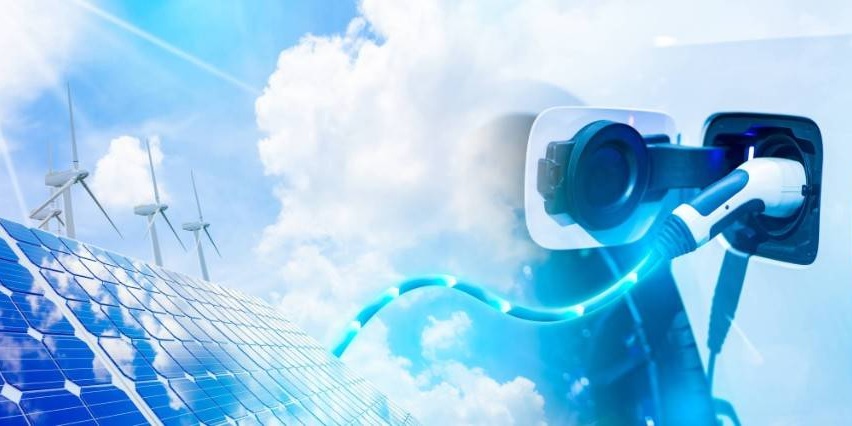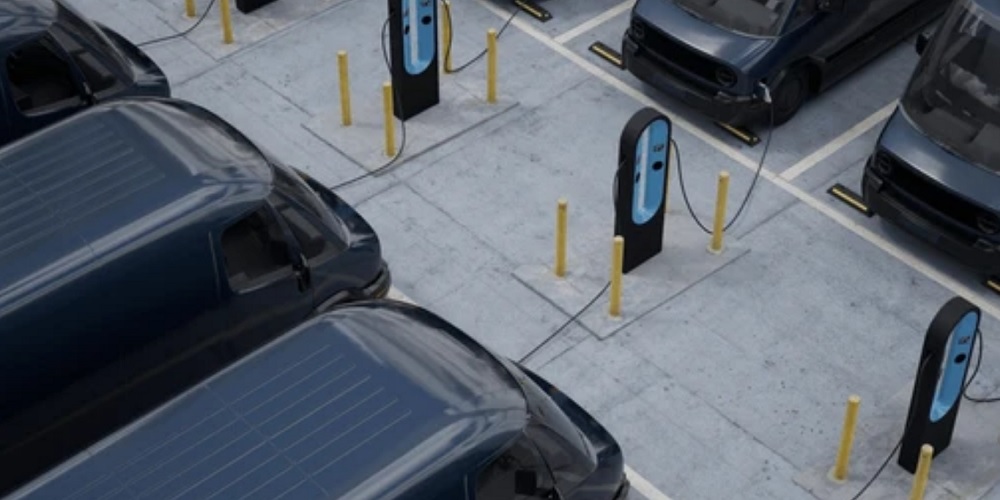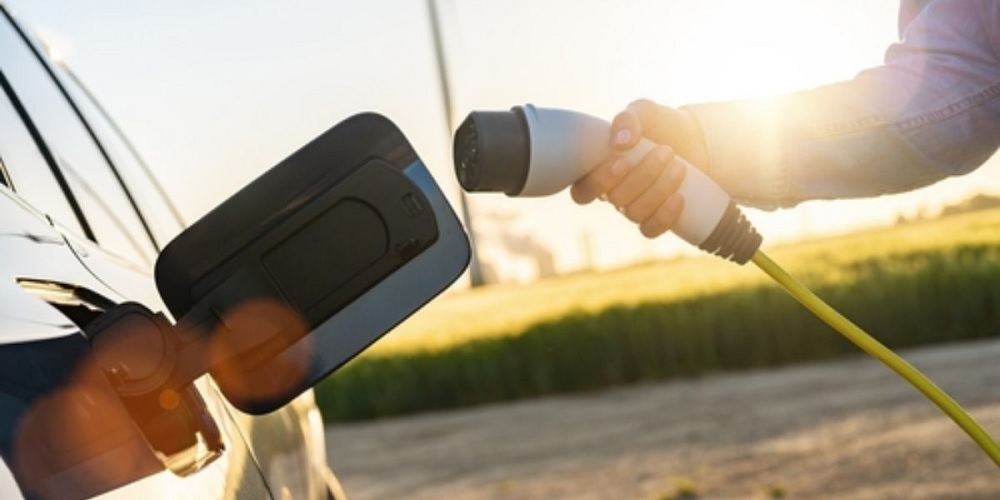Utilities are critical to EV infrastructure plan for government fleets

Growing government fleets need more than just good intentions to ratify their EV infrastructure plans. The U.S. domestic electricity demand is expected to increase 38% between 2030 and 2035, leaving EV fleets and civilian adopters to compete for drivable power.
Government organizations can start the conversation early by contacting the right utility providers. By communicating their needs to local utility partners, fleet managers can set their organizations up for success.
This guide explores the importance of a utility provider as a catalyst for the adoption of a government EV infrastructure plan. Also highlighted are the tools to ensure a sustainable future.
Challenges for utilities and the EV future
The benefits of an EV future cannot be ignored, but choosing to ignore the obstacles that come with it is simply disregarding serious infrastructure concerns. Perhaps the biggest obstacle to an all-electric public fleet is the ability to scale effectively on existing power grids.
There are three major challenges stemming from this concern.
1. Increased power consumption for EVs
As more people drive EV fleets, more demand is put on the power grid. Since light-duty vehicles could use up to 3,360% more electricity by 2035, it may be difficult to find a balance between powering our homes, appliances, and vehicles.
Just keep in mind that newer EVs and retrofitted models may require more electricity than their older counterparts.
2. Ineffective decarbonization
Not only is North America’s power grid under-prepared for an onslaught of EVs, but it also has a long road ahead to reduce carbon emissions on the backend. A whopping 60% of all electricity generation still stems from fossil fuels, which means charging your vehicle rather than fueling up at the pump may not make a significant difference regarding emissions.
3. Complex infrastructure needs
Even if utilities could handle EV demand with mostly sustainable energy production, they may not be equipped with accommodating infrastructure that can charge hundreds of vehicles at once.
Experts say that most of North America’s electric infrastructure is dated and ineffective at best. If utilities cannot double their transmission infrastructure build-out rate of 1%, approximately 80% of carbon emissions reductions will be lost by 2030.
Working with utilities to build your EV infrastructure plan
Designing, strategizing, and executing an EV infrastructure plan requires a great deal of coordination between stakeholders and utility providers. Fortunately, it’s easy to get started down the right path for your fleet by beginning the conversation as early as possible.
You may be expected to do the following.
Identify project partners for your government fleet
The first thing that you need to do with your EV infrastructure plan is to find the right project partners to support your government agency.
The most common of these may include:
- Utilities
- Charging network providers
- Property owners
- Tenants
Depending on the size and type of your government organization, you may also want to consider reaching out to:
- Investor-owned utilities
- Publicly owned utilities
- Cooperatives
- Tribal Utility Authorities
Communicate details of your EV fleet
With local utility providers now included in your EV plan, it’s time to communicate the timeline and details of your strategy. You may want to set up scheduled meetings where you visit with providers in person or plan for virtual meetings where you can talk through opportunities and constraints.
Be sure to take your time and:
- Address grid constraints, such as wattage and availability.
- Ask for assistance with EV site, charging, or parking selections.
- Pinpoint financial opportunities, such as grants and credits.
Choose the right equipment for your local utility
The final step in the communication process is also the most important: discussing the correct EV equipment types to support your growing fleet.
Your utility provider may have suggestions for choosing the right:
- Charger level
- EV type
- Installation site
They may also help forecast plug-in vehicle demand and temper expectations for future program growth.
Relying on Sourcewell for compatible EV equipment
Developing an EV fleet requires a great deal of time and effort. But with the right tools and suppliers by your side, you and your utility company can build a better future together.
If you’re looking for ways to partner with your local utility company, you can always rely on Sourcewell to discover new resources, tools, and equipment.
It offers:
- Competitively solicited cooperative contracts
- Detailed guides and educational resources
- Partnerships with EV suppliers (such as Electrification Coalition)
- Ongoing support from trained professionals
You can register for free online to access all of Sourcewell’s tools.
Sourcewell awards contracts in electric vehicle supply equipment. These contracts assure that government entities can take the first step in creating the infrastructure to support green initiatives. See how Sourcewell can save you time and money while getting the fleet equipment that you need already on contract.


